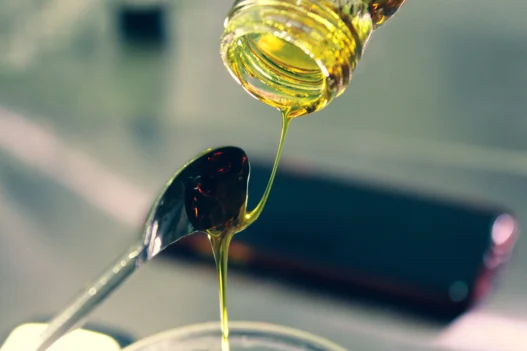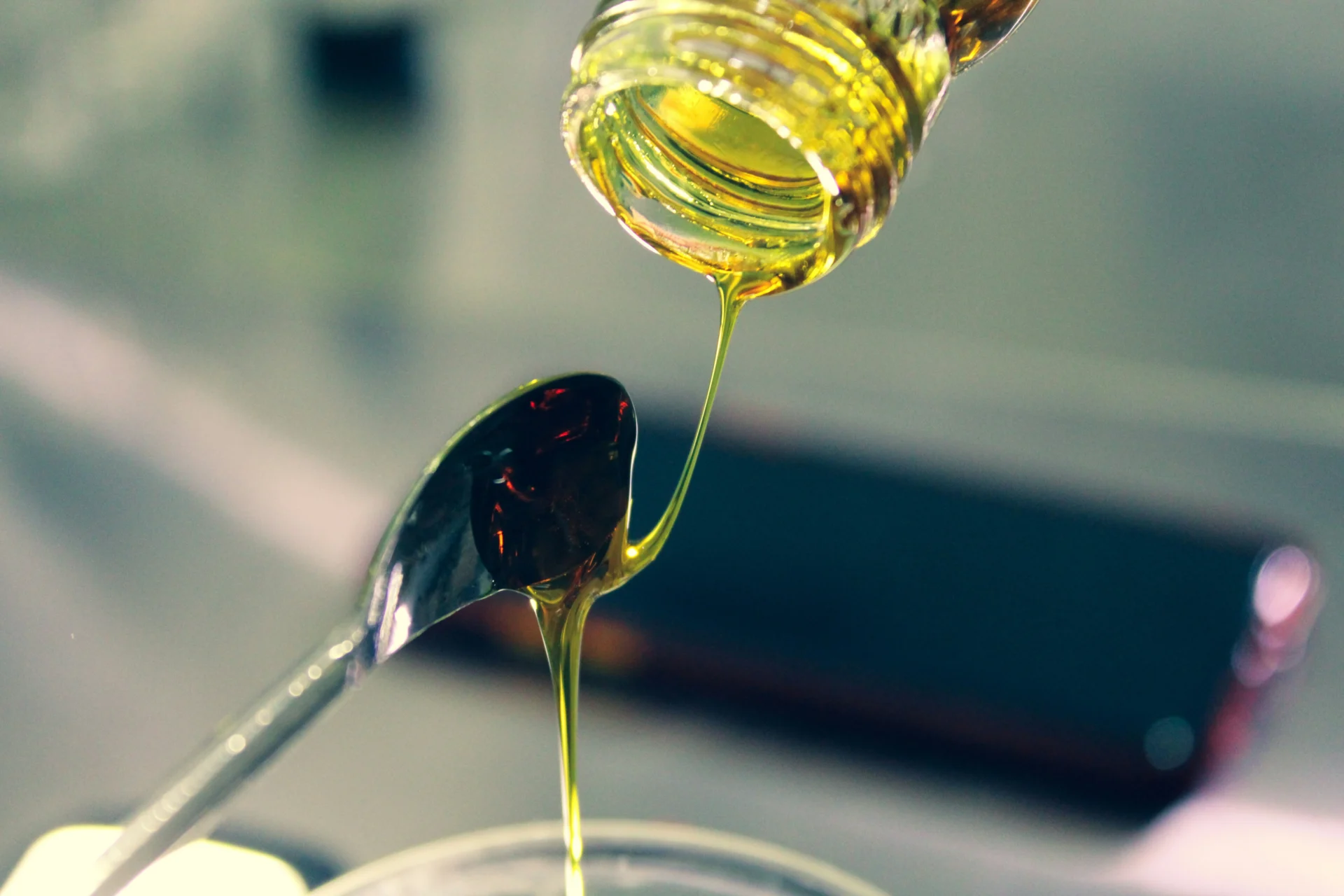Glufosinate is a widely used herbicide that plays a crucial role in agriculture by effectively controlling weeds and promoting crop yield. Its importance in everyday life stems from its contribution to food production, ensuring a stable and reliable supply of fruits, vegetables, and grains. Additionally, Glufosinate helps farmers manage pests and maintain the quality of their crops, ultimately benefiting consumers who rely on a diverse and affordable food supply.
Table of Contents:
- 💡 Commercial Applications
- ⚗️ Chemical & Physical Properties
- 🏭 Production & Procurement
- ⚠️ Safety Considerations
- 🔬 Potential Research Directions
- 🧪 Related Compounds
💡 Commercial Applications
Glufosinate is primarily used as a herbicide in commercial and industrial applications. It is commonly used to control a wide range of weeds in crops such as corn, soybeans, and cotton. Glufosinate works by inhibiting an enzyme involved in the synthesis of amino acids, causing the plants to die.
In addition to its use as a herbicide, Glufosinate has found applications in non-crop settings, such as forestry and roadside vegetation management. It is also used in greenhouses and nurseries to control weeds in ornamental plants. Glufosinate is valued for its broad spectrum of weed control and effectiveness against herbicide-resistant weed species.
While Glufosinate is primarily known for its herbicidal properties, it has also shown potential in medical applications. Studies have investigated its use in cancer treatment, as it has shown to inhibit the growth of certain cancer cells. Additionally, research is ongoing to explore the potential use of Glufosinate in neurological disorders, such as epilepsy. However, further research is needed to fully understand its efficacy and safety in these applications.
⚗️ Chemical & Physical Properties
Glufosinate is a colorless, odorless crystalline solid. It has no distinctive odor that can be readily detected by human olfaction.
The molar mass of Glufosinate is approximately 198.086 g/mol, with a density of about 1.291 g/cm^3. Compared to common food items, Glufosinate has a higher molar mass and density, making it heavier and more concentrated.
The melting point of Glufosinate is around 215 degrees Celsius, while its boiling point is approximately 225 degrees Celsius. In comparison to common food items, Glufosinate has much higher melting and boiling points.
Glufosinate is sparingly soluble in water and has low viscosity. Compared to common food items, it has lower solubility in water and is less viscous.
🏭 Production & Procurement
Glufosinate, a broad-spectrum herbicide, is primarily produced through chemical synthesis. The main process involves the reaction of phosphorus trichloride with phosphorous acid to form chlorophosphorous acid, which then reacts with ammonia to form Glufosinate.
Once produced, Glufosinate can be procured through various commercial channels. Agricultural suppliers and chemical manufacturers typically distribute Glufosinate in liquid form or as a soluble concentrate. The herbicide is commonly transported in containers such as drums or intermediate bulk containers, depending on the quantity required.
Farmers and agricultural professionals can easily procure Glufosinate through authorized dealers or directly from manufacturers. The herbicide is usually shipped in sealed containers to prevent leakage or contamination during transportation. Proper handling and storage are crucial to ensure the effectiveness and safety of Glufosinate application.
⚠️ Safety Considerations
Safety considerations for Glufosinate include proper storage and handling to prevent accidental exposure. It is important to use appropriate personal protective equipment such as gloves and goggles when working with this chemical. In case of ingestion or contact with skin or eyes, immediate medical attention should be sought.
Hazard statements for Glufosinate include being harmful if swallowed, causing skin and eye irritation, and being harmful to aquatic life with long-lasting effects. It is important to keep this chemical away from food, drink, and animal feed to prevent accidental ingestion. In case of a spill, it is crucial to contain and clean it up properly to avoid environmental contamination.
Precautionary statements for Glufosinate include avoiding release to the environment and disposing of it properly according to local regulations. It is important to keep this chemical out of reach of children and pets to prevent accidental exposure. When working with Glufosinate, it is crucial to use in a well-ventilated area and avoid breathing in the fumes.
🔬 Potential Research Directions
One potential research direction for Glufosinate is its impact on non-target organisms in agricultural ecosystems. Studies could investigate whether the herbicide has unintended effects on beneficial insects, birds, or soil organisms, and how these effects may influence ecosystem dynamics.
Researchers may also explore the development of new formulations or delivery mechanisms for Glufosinate that improve its efficacy or reduce its negative environmental impact. This could involve creating formulations that are less likely to drift or leach into surrounding habitats, or engineering crops that are more tolerant to the herbicide’s effects.
Another area of research could focus on the potential for Glufosinate resistance to develop in target weed species, similar to the resistance issues that have arisen with glyphosate. Understanding the mechanisms of resistance and developing strategies to manage it could be crucial for preserving the long-term effectiveness of Glufosinate in weed control.
🧪 Related Compounds
One similar compound to Glufosinate based on molecular structure is Glyphosate. This compound is a broad-spectrum systemic herbicide and crop desiccant. Glyphosate works by inhibiting the enzyme 5-enolpyruvylshikimate-3-phosphate synthase (EPSPS), which is essential for the production of aromatic amino acids in plants. Like Glufosinate, Glyphosate is non-selective and can control a wide range of weeds in various types of crops.
Another compound similar to Glufosinate is Paraquat. This compound is a quick-acting, non-selective herbicide that is also toxic to humans. Paraquat works by causing rapid desiccation of green plant tissue upon contact. Its mode of action involves the generation of reactive oxygen species, leading to cell membrane damage and subsequent cell death. While Paraquat and Glufosinate have different mechanisms of action, they both exhibit non-selective herbicidal activity.






